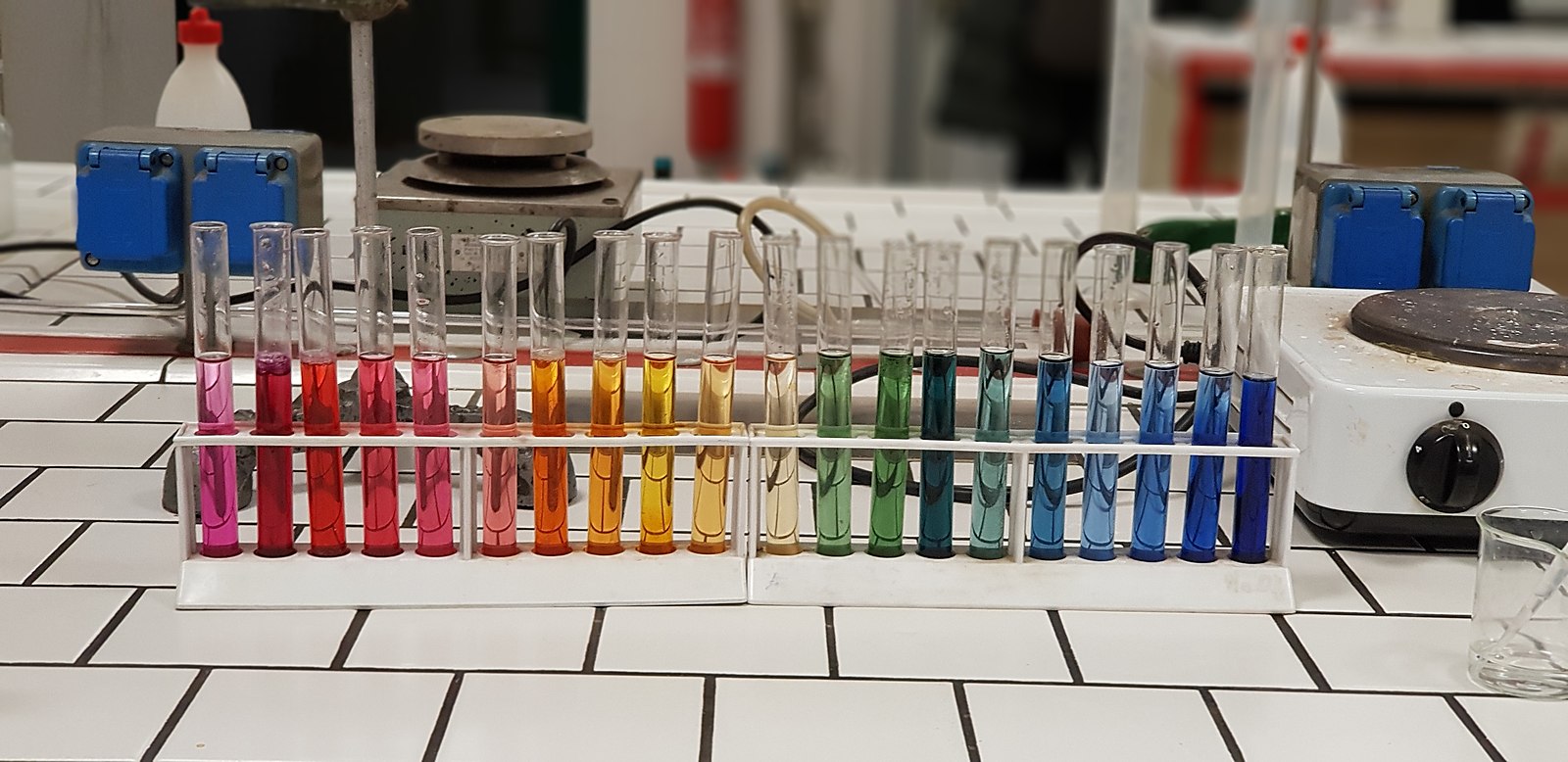The pH of iced coffee, a popular beverage enjoyed by many, typically ranges from 4.8 to 5.13, indicating a slightly acidic nature. This acidity is attributed to the various organic acids present in the coffee beans, such as chlorogenic, citric, malic, acetic, and phosphoric acids. Understanding the pH of iced coffee is crucial for those who prefer a smoother, less tart drinking experience.
Factors Influencing the pH of Iced Coffee
The pH of iced coffee can be influenced by several factors, including:
- Coffee Bean Variety: Different coffee bean varieties, such as Arabica and Robusta, can have varying levels of acidity, with Arabica generally being less acidic.
- Roast Level: Darker roasts tend to have lower acidity levels due to the breakdown of acidic compounds during the roasting process.
- Brewing Method: The brewing method used can also impact the pH of iced coffee. Cold brew, for instance, typically results in a higher pH and lower acidity compared to hot-brewed coffee.
- Water Quality: The pH and mineral content of the water used for brewing can affect the final pH of the iced coffee.
Balancing the Acidity of Iced Coffee
To balance the acidity of iced coffee and create a smoother, more palatable drink, you can try the following techniques:
- Adjust the Brewing Process:
- Use a coarser grind size and a longer brewing time to reduce acidity.
-
Opt for a cold brew method, which involves steeping coffee grounds in cold water for an extended period, resulting in a higher pH and lower acidity.
-
Choose Low-Acid Coffee Beans:
- Select coffee varieties, such as Arabica, that are naturally lower in acidity.
-
Darker roasts generally have lower acidity levels due to the Maillard reaction, which breaks down acidic compounds during roasting.
-
Add Milk or Dairy Alternatives:
-
Incorporating milk or dairy alternatives, like almond, soy, or oat milk, can help neutralize the acidity of the coffee, creating a smoother and more balanced flavor.
-
Use Alkaline Water:
- Brewing coffee with slightly alkaline water (pH around 7-8) can help raise the pH of the final brew, reducing its acidity.
- However, be cautious not to use water that is too alkaline, as it can negatively affect the taste and extraction of the coffee.
Contaminants and Chemicals in Coffee
In addition to acidity, coffee can also contain various contaminants and chemicals, such as pesticides, heavy metals, and mycotoxins, depending on the quality of the beans and the farming practices used. These substances can affect the pH and overall quality of the coffee.
To minimize the presence of these contaminants, it is recommended to choose organic, specialty-grade coffee beans that are ethically sourced and properly processed. Additionally, investing in a good water filter can help remove impurities and ensure the water used for brewing is clean and free from contaminants.
Conclusion
The pH of iced coffee, typically ranging from 4.8 to 5.13, is a crucial factor in determining the overall acidity and taste of the beverage. By understanding the factors that influence the pH and implementing balancing techniques, such as adjusting the brewing process, choosing low-acid coffee beans, adding milk or dairy alternatives, and using alkaline water, you can create a smoother and more enjoyable iced coffee experience.
Remember, the quality of the coffee beans and the water used for brewing can also impact the presence of contaminants and chemicals, which can further affect the pH and overall quality of the iced coffee. By making informed choices and following proper brewing techniques, you can enjoy a delightful and well-balanced iced coffee.
References:
- One Great Coffee, “Is Cold Brew Coffee Less Acidic? Here’s What You Need to Know!”, 2022-02-12, https://onegreatcoffee.com/blogs/latest-news/is-cold-brew-coffee-less-acidic-heres-what-you-need-to-know
- Nature, “Acidity and Antioxidant Activity of Cold Brew Coffee”, 2018-10-30, https://www.nature.com/articles/s41598-018-34392-w
- Home-Barista.com, “Fast cooling = More acidity?”, 2024-01-14, https://www.home-barista.com/brewing/fast-cooling-more-acidity-t91641.html

